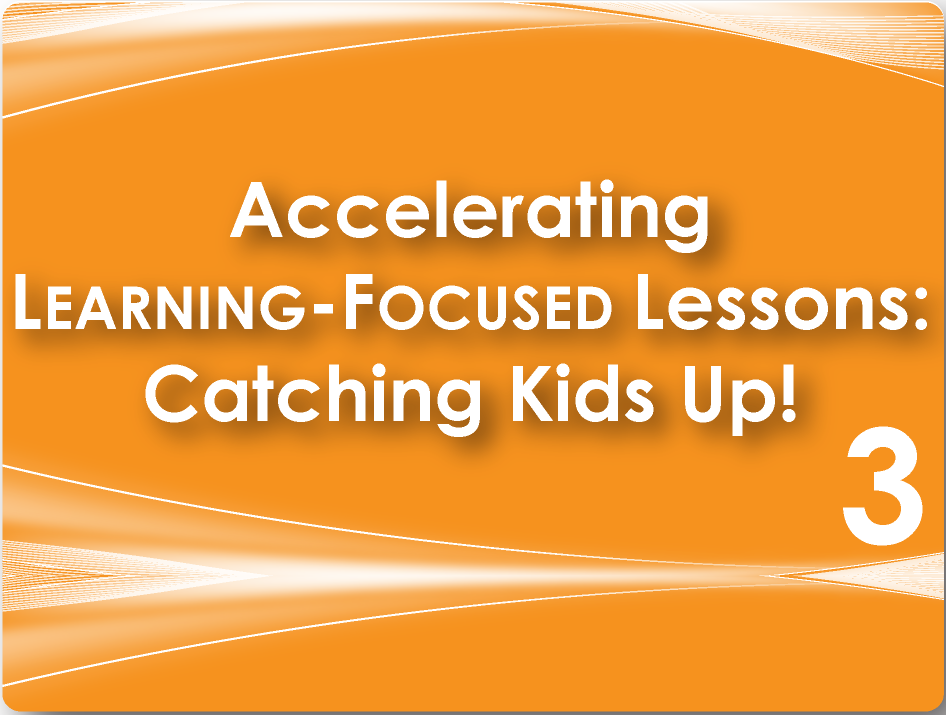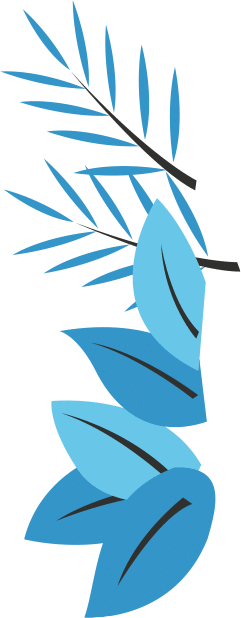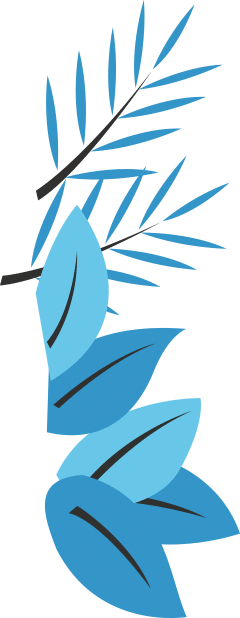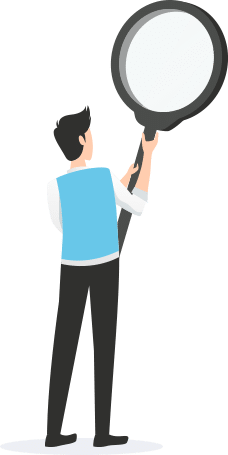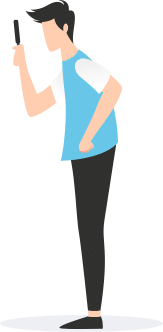Instructional Framework 101
What It Is, Why It's Important,
And Why Every School Should Have One
All teachers want to be the best they can be for their students.
 They want to be sure they are using the most effective instructional strategies and practices to ensure that all their students learn efficiently and successfully. They want their classrooms to be places where students are actively engaged in meaningful, relevant and challenging work every day. And they want to be responsive to the wide range of learning needs of their students.
They want to be sure they are using the most effective instructional strategies and practices to ensure that all their students learn efficiently and successfully. They want their classrooms to be places where students are actively engaged in meaningful, relevant and challenging work every day. And they want to be responsive to the wide range of learning needs of their students.
Being the best teacher consistently and pervasively can be a daunting task, however. The challenge is that teaching is a complicated endeavor:
- Teacher evaluation models detail dozens of strategies and practices that teachers should know and be able to do.
- Also, with every new educational book, newsletter, journal article, webinar, course or professional development session, teachers learn more and more approaches they could be using to support students’ learning.
With so many pieces in the “education puzzle”, teachers can easily become overwhelmed, overloaded with information, and fragmented in their efforts. The solution to this challenge lies in utilizing an instructional framework.
What Is an Instructional Framework?
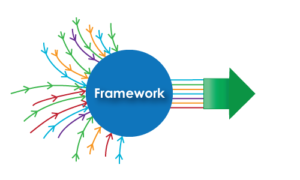 What is the definition of an instructional framework? An instructional framework provides a cohesive structure made up of proven components, but it is adaptable so as to work with varying teaching styles, content areas, and student needs (while maintaining the core structure of the framework). Teachers can unleash their creativity with confidence that their students are going to be successful.
What is the definition of an instructional framework? An instructional framework provides a cohesive structure made up of proven components, but it is adaptable so as to work with varying teaching styles, content areas, and student needs (while maintaining the core structure of the framework). Teachers can unleash their creativity with confidence that their students are going to be successful.
Instructional frameworks are often referred to as curriculum frameworks, lesson planning frameworks, and sometimes as programs. There are key differences, however.
- A curriculum framework is a set of standards that specifies the content to be learned. It is different because it defines the intended curriculum, or “what” to teach. It is not "how" to structure an exemplary lesson.
- A lesson planning framework is what teachers use to organize, plan, and reflect their thinking. It is different because it usually focuses on general ideas to engage with and explore content, but it often does not identify specific evidence-based practices to accomplish those ideas.
- A program provides what to teach and how to teach it. It is different because teachers are required to follow the program instead of adapting to meet the needs of learners you might have. It’s important to understand that an instructional framework is not the same thing as a program.
The Power of Frameworks
Consider the following quote from a remodeling magazine:
“All kitchens share the same purpose and elements. Refrigerators are for chilling, counters for chopping, sinks for cleanup, etc. So are all kitchens the same? Hardly. Like painters at canvases, kitchen designers make individual choices in layouts, colors, cabinets, and such. The best result comes when the design is tailored to the needs of a particular household.”
Remodeling Ideas for Your Home, Better Homes and Gardens Special Interest Publications, February/March 2005
Can you imagine trying to design, say a kitchen, without a framework to guide you?
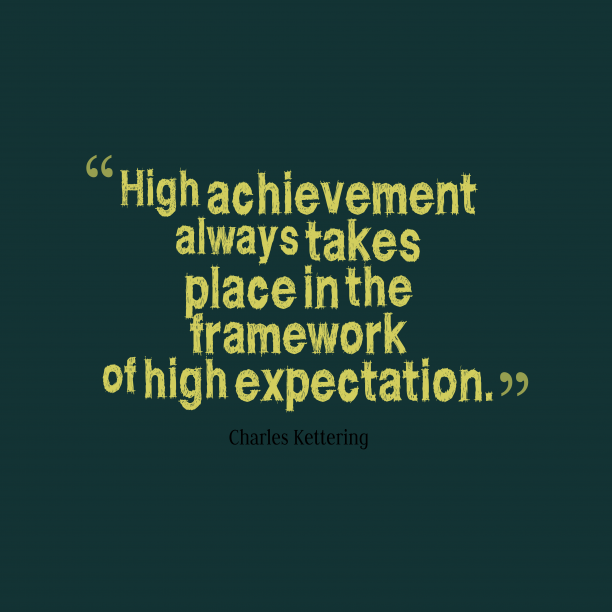
The same problems occur when a school operates without a common instructional framework. Teachers are left to figure out things on their own, select among the multitude of instructional strategies out there, and sort out how to work collaboratively with colleagues who may have a completely different mental “blueprint” of effective instruction. Improvement efforts become scattered and diffused over time, not to mention abandoned from year to year in favor of “the next best new thing.”
Exemplary Schools Use Instructional Frameworks!
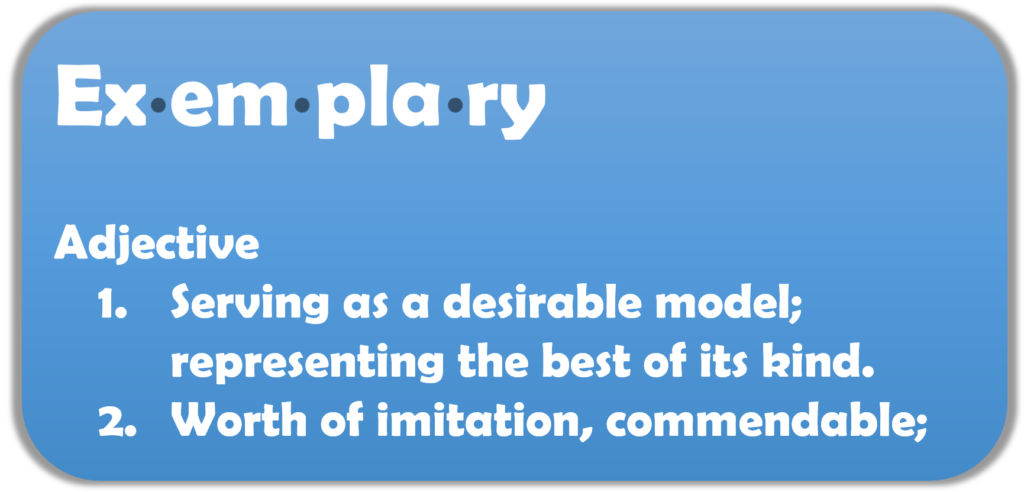 It is not surprising then that a pattern found in exemplary schools (and not very often in typical schools) is the use of a common instructional framework.
It is not surprising then that a pattern found in exemplary schools (and not very often in typical schools) is the use of a common instructional framework.
This provides consistency, organization, and certainty that all teachers are planning and providing the most effective instruction. Schools are no longer swayed by whatever comes along because their work is grounded in a collective vision of good instruction.
An instructional framework also supports effective professional learning because teachers can learn together, support each other, and focus on improving their practice over time. When schools use a common instructional framework so that all teachers have a common approach to teaching and learning, students achieve more and teachers teach more effectively (Robinson, 2011).
“The most important factor affecting student learning is the teacher. More can be done to improve education by improving the effectiveness of teachers than by any other single factor.”
Sanders, W. L., & Rivers, J. C. (1996).
7 Goals for Implementing an Effective Framework
Just as kitchens must be tailored to meet a family’s particular needs, the most effective instructional frameworks are flexible enough that schools can focus on their specific goals. For example:
If we would never consider planning a kitchen without a framework, surely with something as important as teaching and learning, a common instructional framework should be of the highest priority.
Not All Frameworks Are Created Equal
An exemplary instructional framework, such as the Learning-Focused Instructional Framework, addresses all of the needs above. It empowers teachers to plan and teach at their best and all students to reach their highest potential in every lesson. It allows a school staff to increase coherence, thus creating a focused, sustained, and shared vision. In addition, students learn more in schools with an instructional framework because their teachers are learning together, supporting each other, and providing similar learning experiences across the school.
We are confident that, like so many others, you too will experience the immediate and lasting changes that can only be realized by unleashing the power of the strategies and practices found in the Learning-Focused Instructional Framework.

The Framework is Learned in Three Stages:
Stage 1: The High Performance Learning-Focused Lesson
This stage focuses on the organizational structure and essential exemplary practices that make up an effective lesson. This lesson framework helps ensure that all teachers are consistently providing quality lessons that are engaging for students and that result in successful learning of grade-level standards.
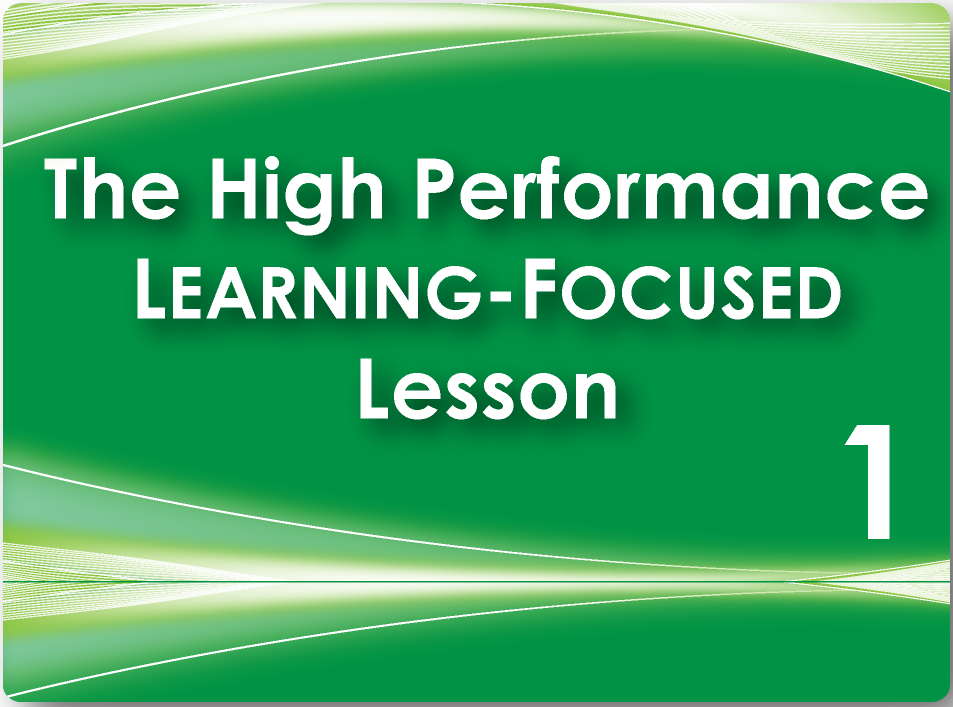

Stage 2:Increasing the Rigor of Learning-Focused Lessons: Higher Order Thinking, Reading and Writing
The second stage provides the resources and tools for planning purposeful, rigorous lessons that advance students through the Levels of Learning in every lesson. Using the foundation learned in the first stage teachers shift their planning focus to higher-level instruction, questions, learning activities, grade-level assignments, and assessments.
Stage 3: Accelerating Learning-Focused Lessons: Catching Kids Up!
The third stage provides the resources, knowledge, and skills for proactively planning and teaching using specific strategies and practices that result in all students learning grade-level content faster, more effectively, and at a much higher level than is found in typical schools. Students who are one or more years behind will catch up with these strategies and practices. Instead of students gaining one year or less of learning per year of school, Accelerating Learning-Focused Lessons: Catching Kids Up! can increase achievement 1.5 – 3 years of learning per year of school!
